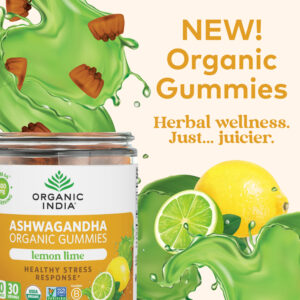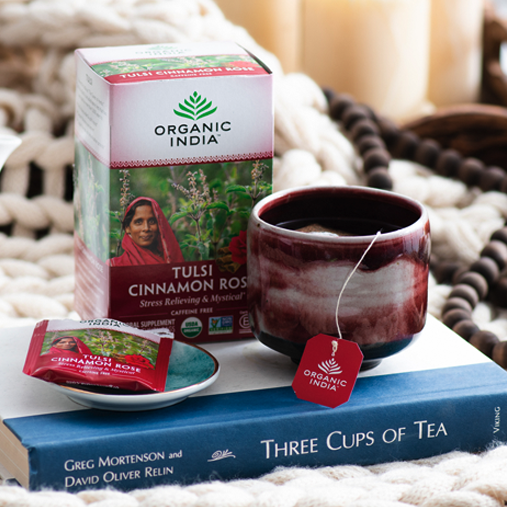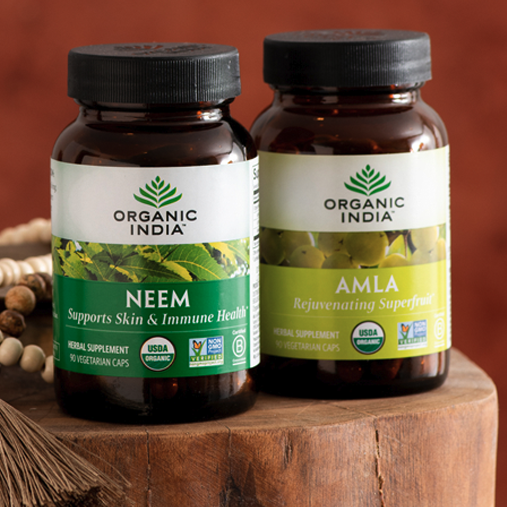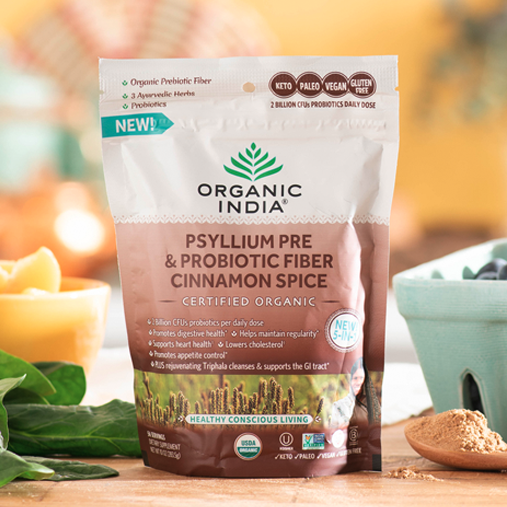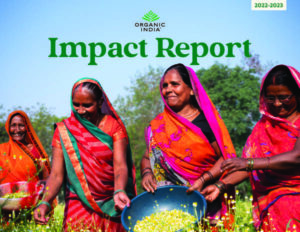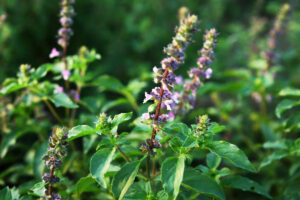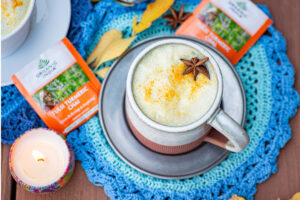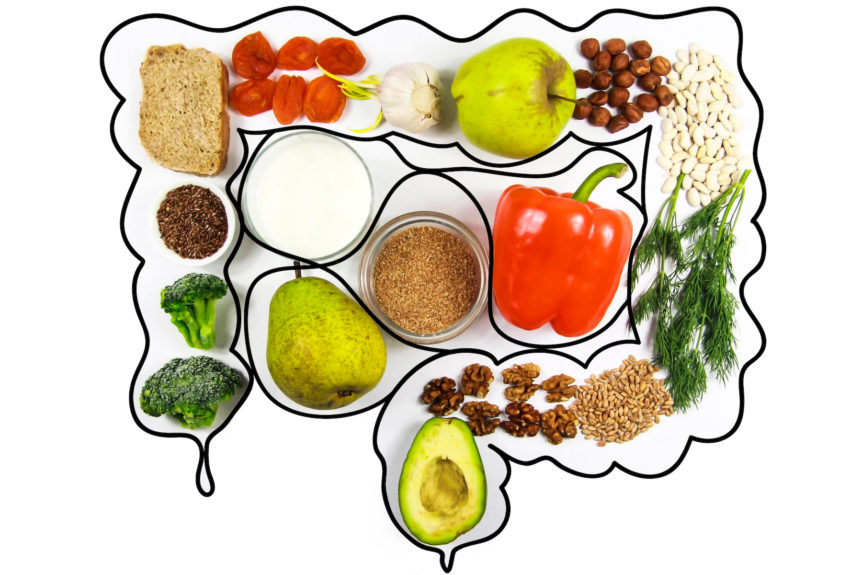Back
For the last few years, we’ve been hearing a lot about probiotics — what started as the ‘latest’ health trend has proven to have staying power as more and more research confirms the body’s need for “good” bacteria.
But other words have appeared alongside “probiotic,” such as “microbiome,” “gut health,” and “prebiotic.” We’re learning that it’s about more than good bacteria or probiotics — our bodies are host to a complex micro-environment that supports probiotic “colonies,” and just like plants in a garden, these friendly bacteria need optimal conditions to thrive. All these words relate to the fact that we have complex micro-environments in our GI tract that can determine our state of health. Understanding the difference between prebiotics vs probiotics is important to make sure you’re encouraging positive digestive health.
Prebiotics vs. Probiotics
While prebiotics and probiotics are not the same thing, they work together to support gut and digestive health. They can be found in supplement form, or naturally in many of the foods you eat every day.
What is a Probiotic?
Probiotics are living strains of good bacteria that promote gut health. The word “probiotic” is a combination of “pro,” meaning “for,” or to “promote,” and “biotic,” from “bio,” meaning “life.” These probiotic microorganisms and yeasts naturally keep the gut healthy and support digestion.
What is a Prebiotic?
Prebiotics are dietary fiber molecules that nourish the healthy probiotic bacteria within the microbiome. More specifically, prebiotics are plant-sourced “soluble” fibers that are used as food by the resident colonies of the microbiome. Prebiotics help soothe the gastrointestinal tract.
How do Probiotics and Prebiotics work together?
Probiotics and prebiotics work powerfully together to support digestion, gut health, heart health and immunity. Prebiotics provide a healthy environment for probiotic microorganisms to live and flourish. With prebiotics, probiotics have a greater ability to survive, while encouraging the growth of existing healthy bacteria. Prebiotics and probiotics, when taken together, are referred to as synbiotics. Synbiotics balance the good and bad bacteria in the gut, while modulating healthy digestive and immune function.
Should I take probiotics and prebiotics together?
While you don’t need probiotics for prebiotics to work and vice versa, when taken together they provide more complete and robust gut health support, which is linked to healthy digestion, immunity, heart health and even mood. When wondering to take prebiotics vs. probiotics, the answer is: both is best!
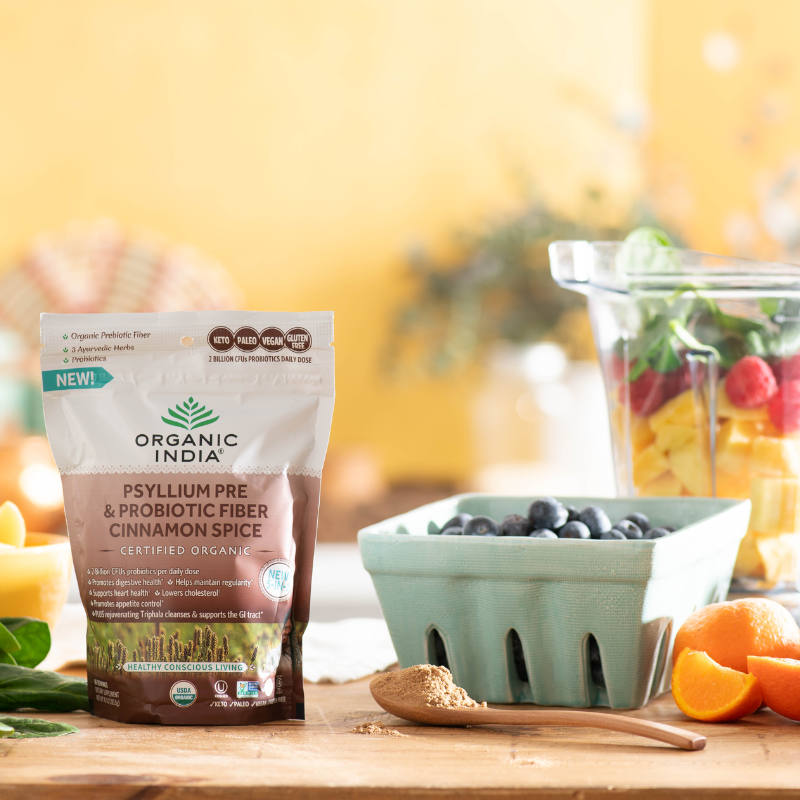
Types of Probiotics
There are hundreds of strains and types of probiotics. One large category, “bifidobacterium,” helps digest fiber and carbohydrates. Bifidobacteria have been linked to reducing the risk of heart disease because of this fiber-digesting characteristic. Another large group of probiotics is “lactobacillus,” a class of bacteria that helps break down milk sugars. There are dozens of sub-strains of these groups, each with unique characteristics and functions.
Foods that contain Probiotics
Foods that contain probiotics include yogurt, kefir, sauerkraut, tempeh, kimchi, kombucha, miso soup, soft cheeses, pickles and sourdough bread.
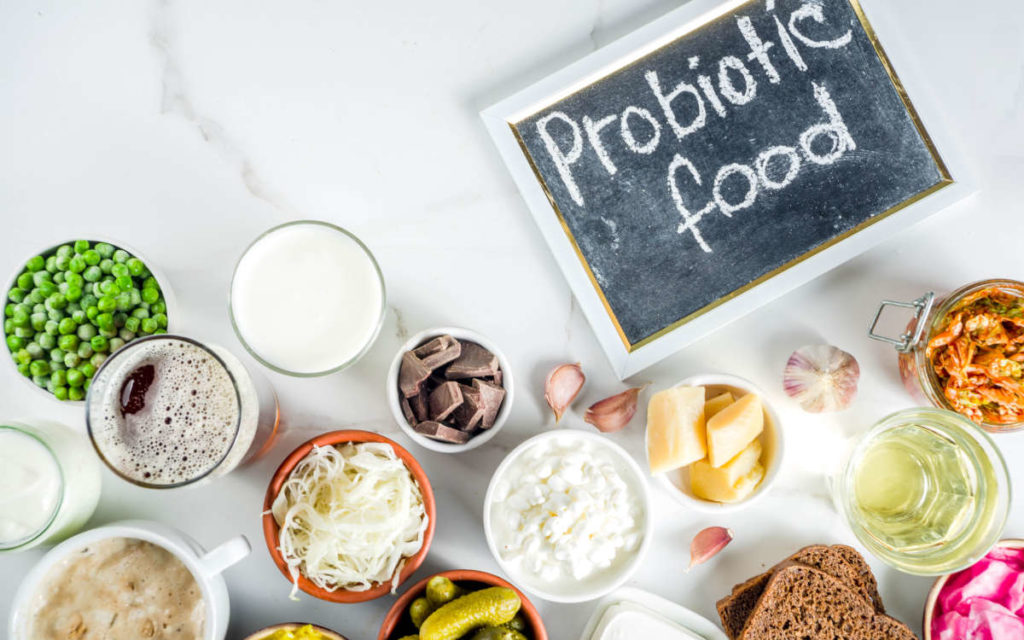
Types of Prebiotics
There are two types of prebiotics: fructo-oligosaccharides (FOS) and galacto-oligosaccharides (GOS). The most common prebiotic in the food industry is inulin, an FOS prebiotic that can be found in 36,000 other plant species. Notably, because of its resistance to digestive enzymes, inulin travels intact all the way through the GI tract until it reaches the colon. There it is broken down as a food source for the microbiome, but this process, a type of “fermentation,” can also cause discomfort and pressure from the gas created as a byproduct.
Foods that contain Prebiotics
While there are prebiotic supplements, including prebiotic-rich foods in your diet is an excellent (and enjoyable) way to feed the gut microbiome. Foods that contain prebiotics include chicory root, dandelion greens, jicama, asparagus, onions, garlic, leeks, chickpeas, lentils, psyllium, lima beans and green peas.
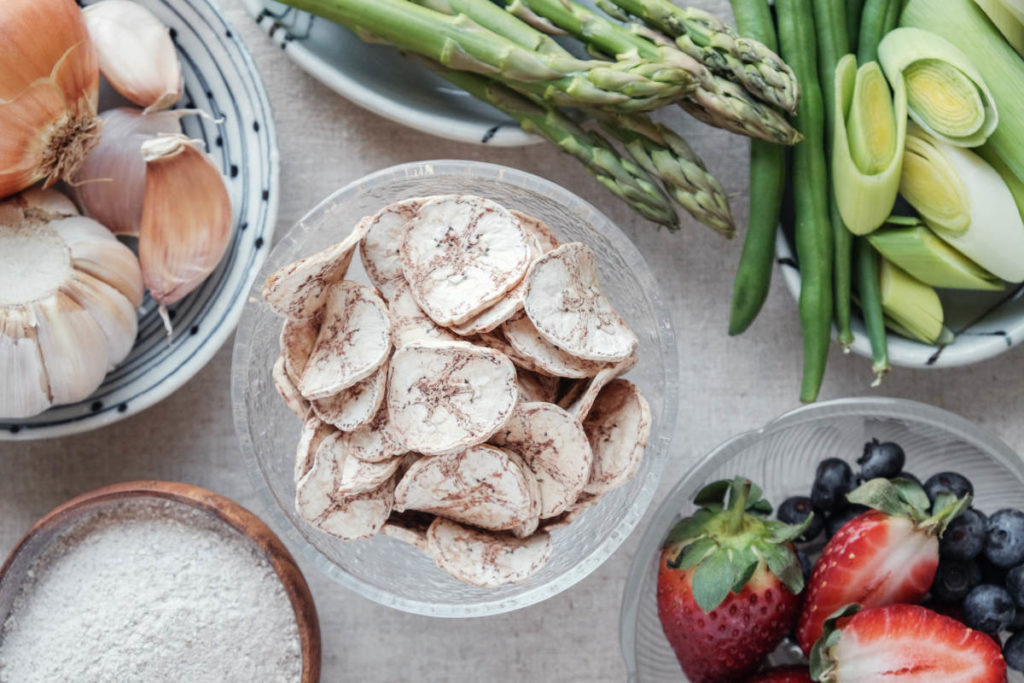
When you look at prebiotics vs. probiotics you find that they’re both equally important and work best together. Given the returns on the investment in a happy gut microbiome, including improved digestion and elimination, a strong immune system, a defense against food allergies, and clear skin, it seems like little effort goes a long way. To a happy gut!
Learn more about cooking with Heat-tolerant Probiotics for Baking and Cooking – Organic India (organicindiausa.com).
